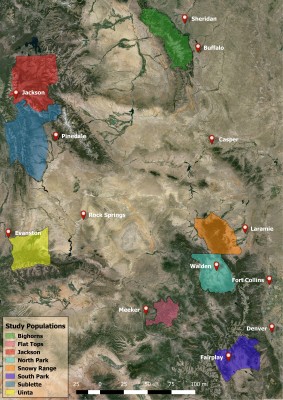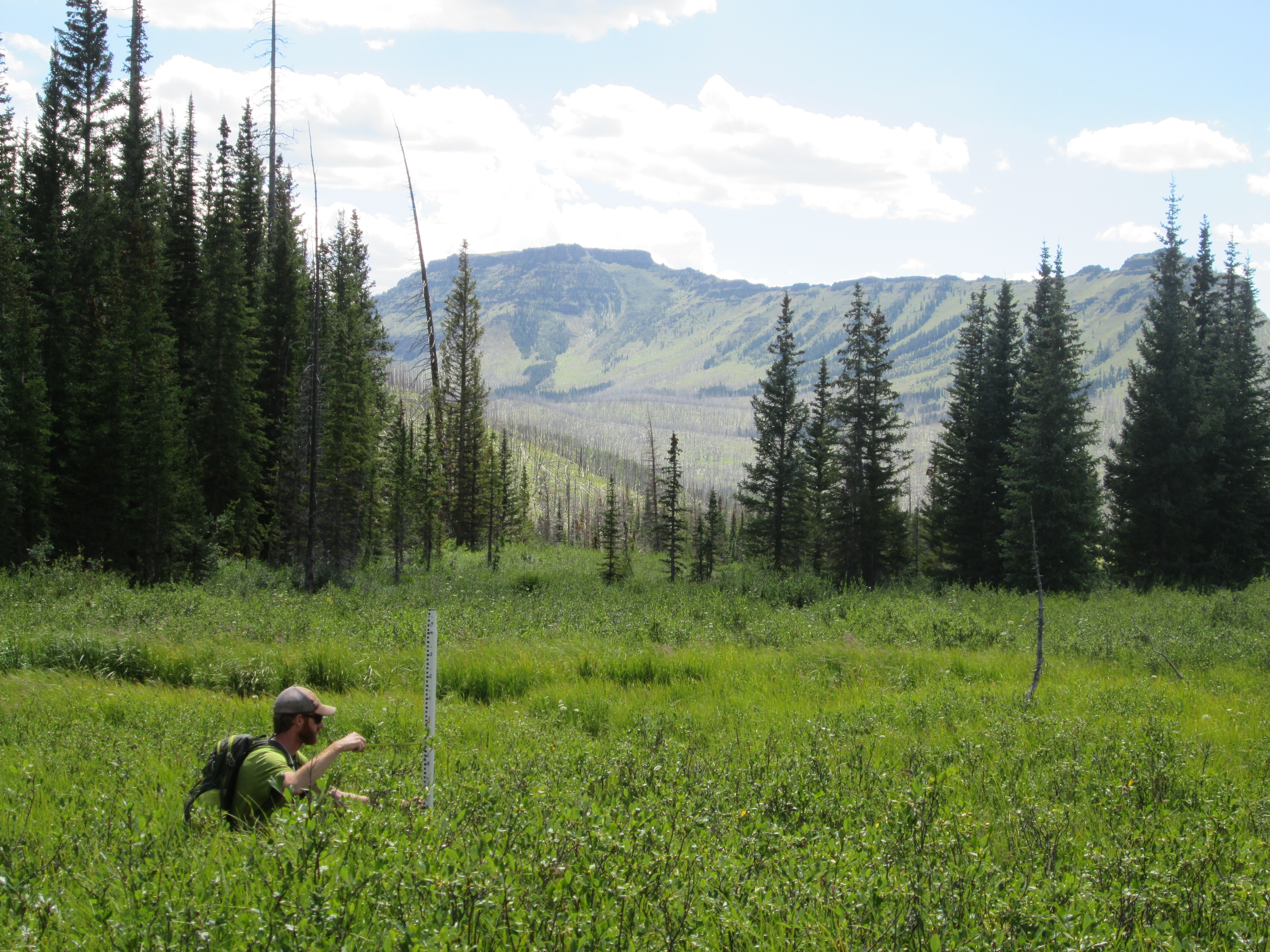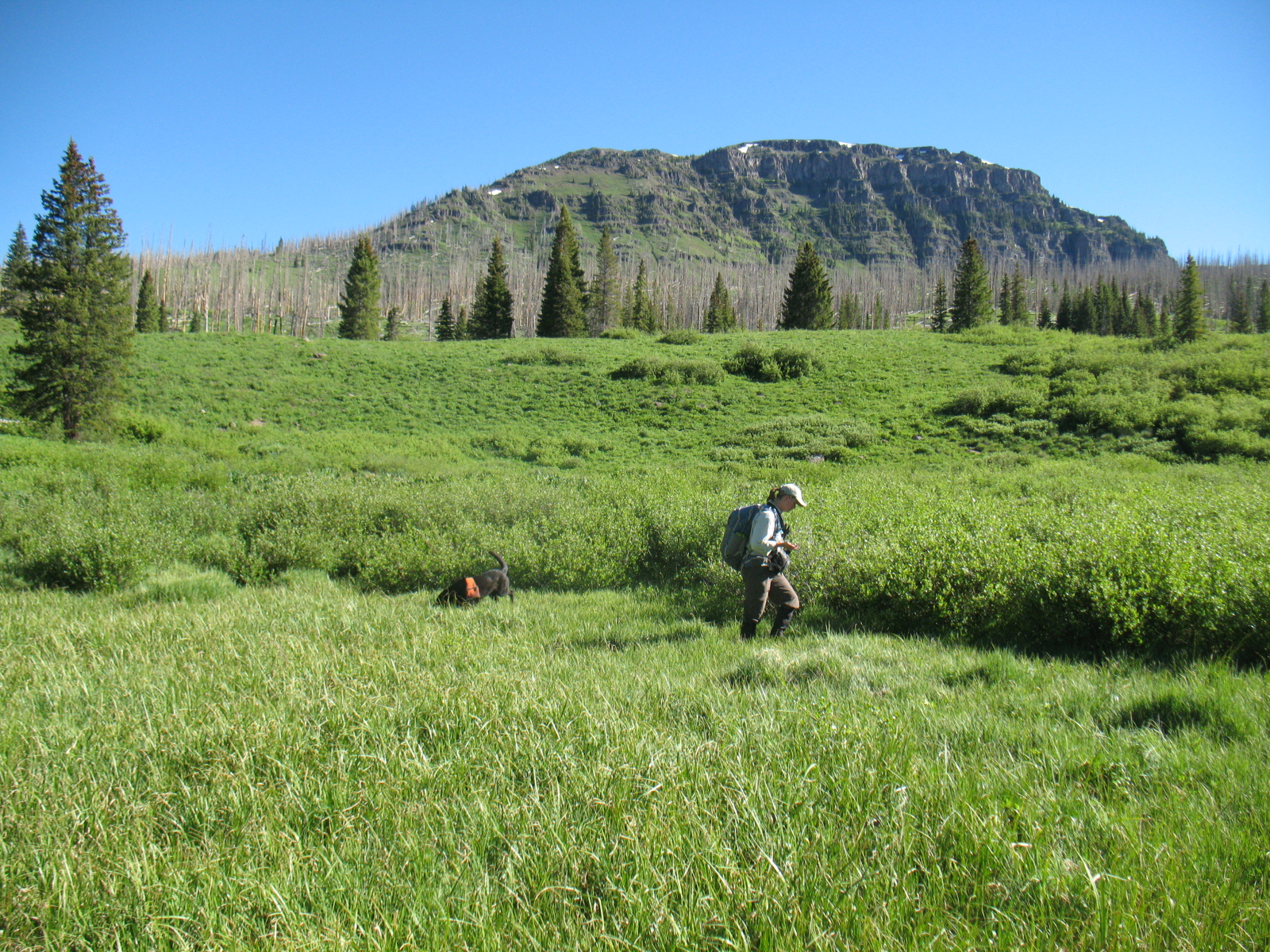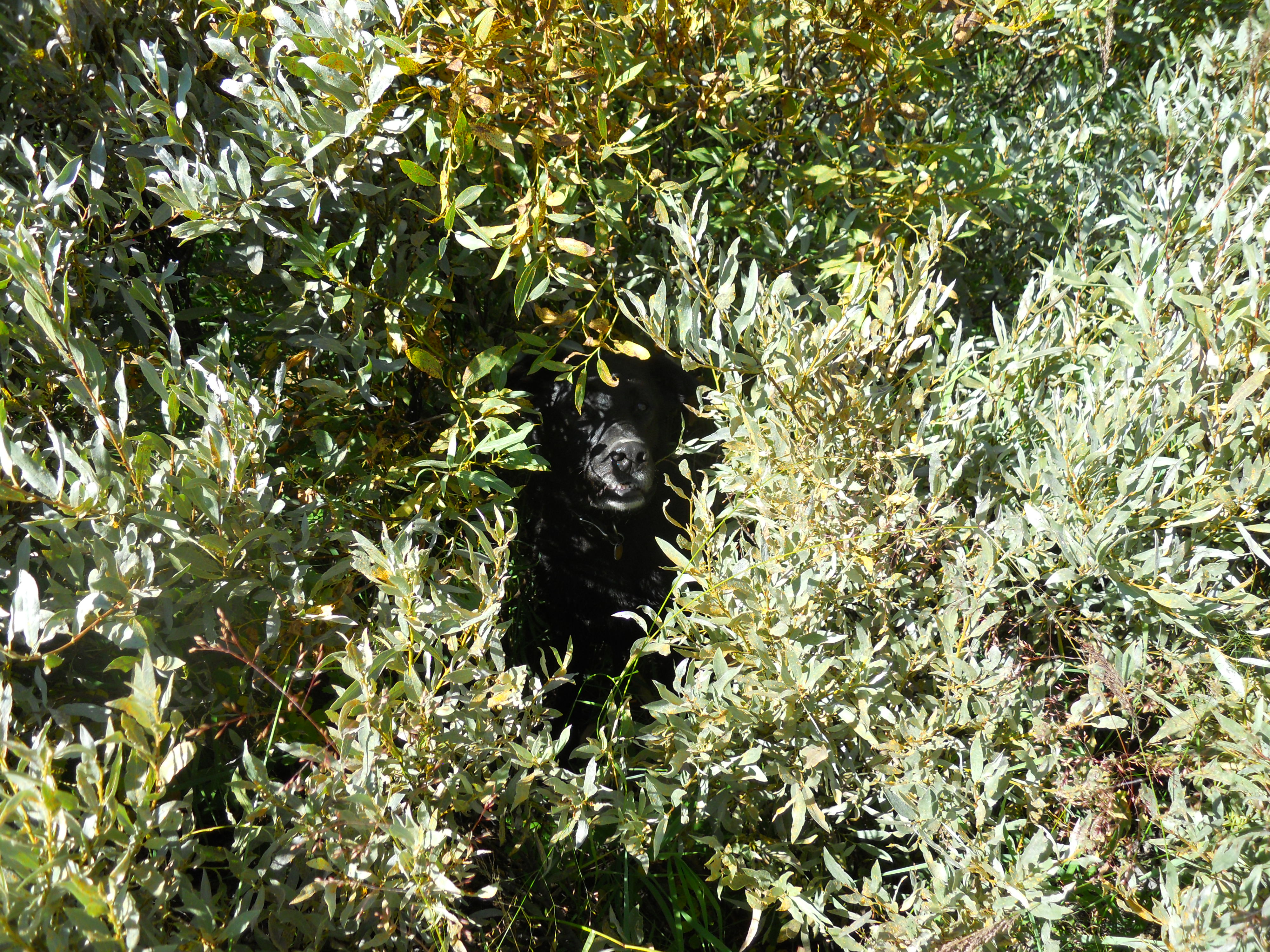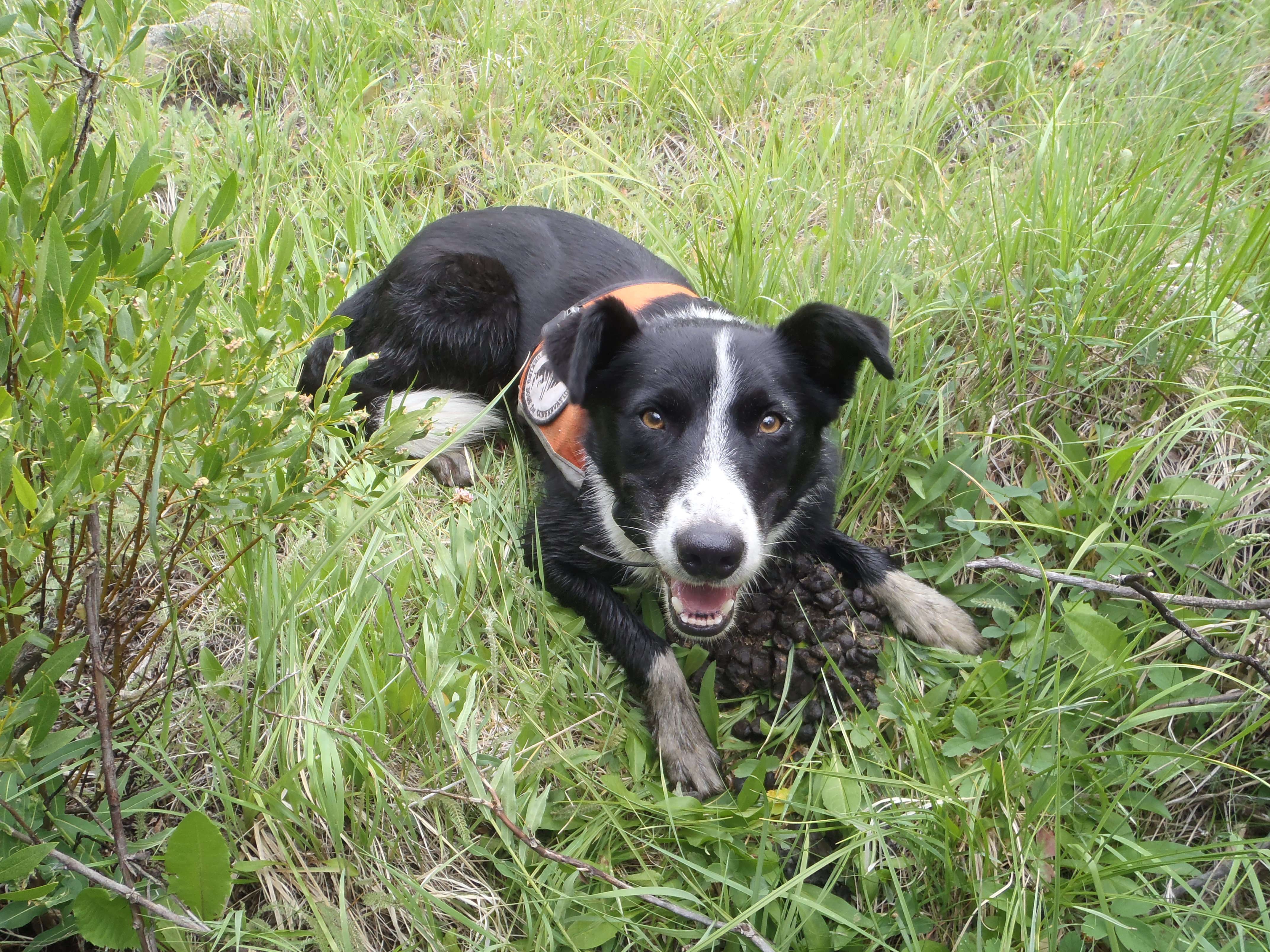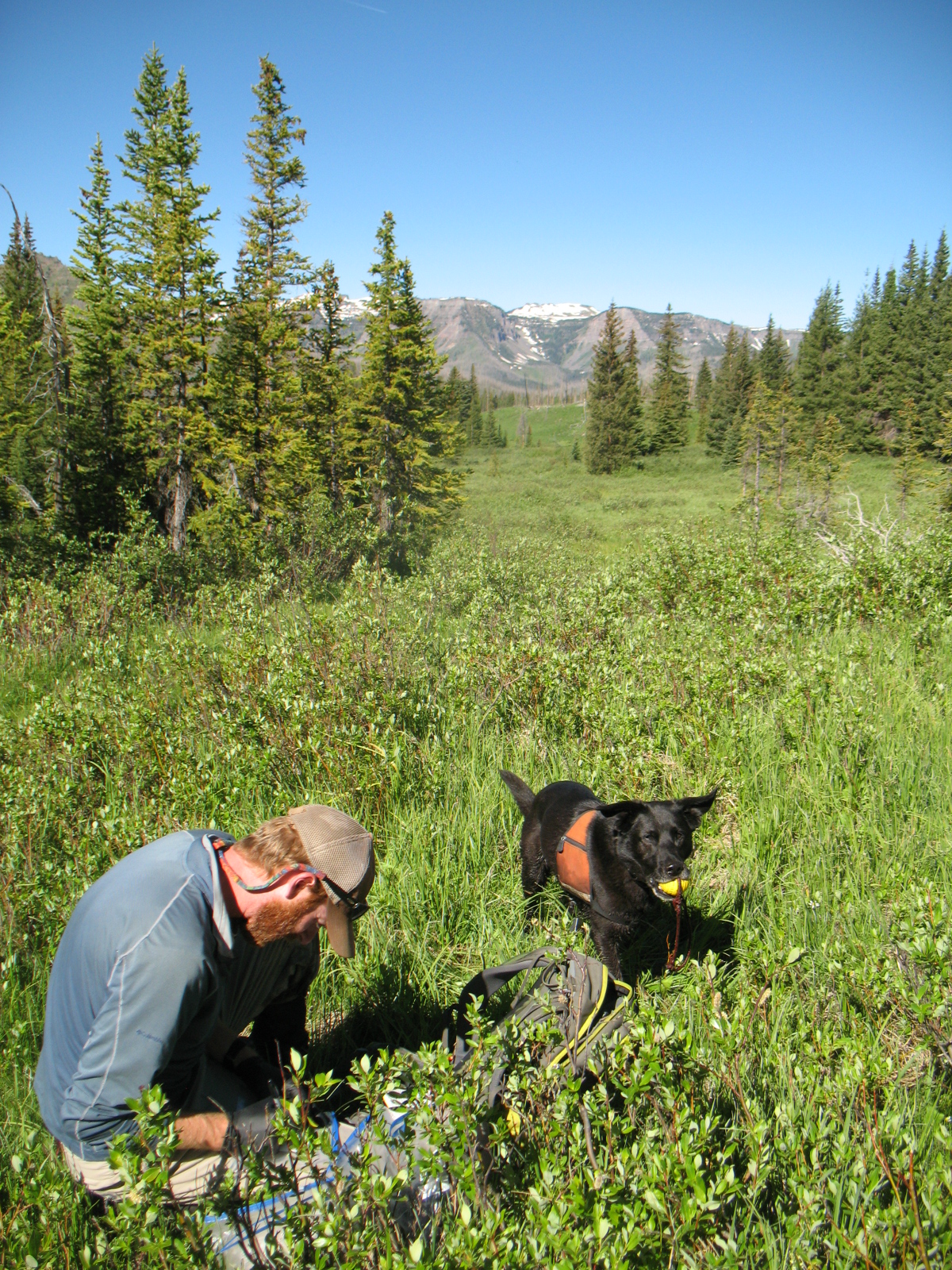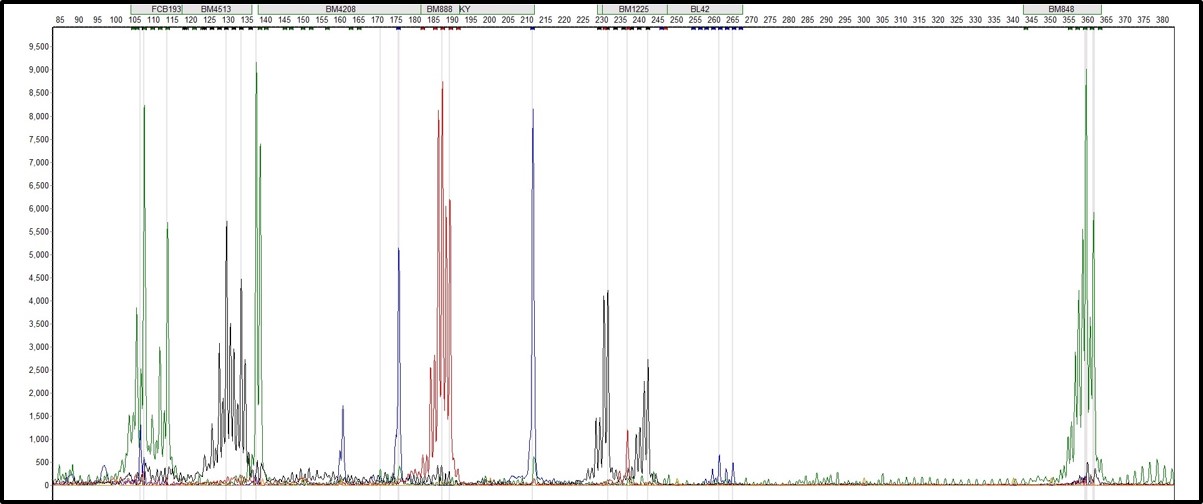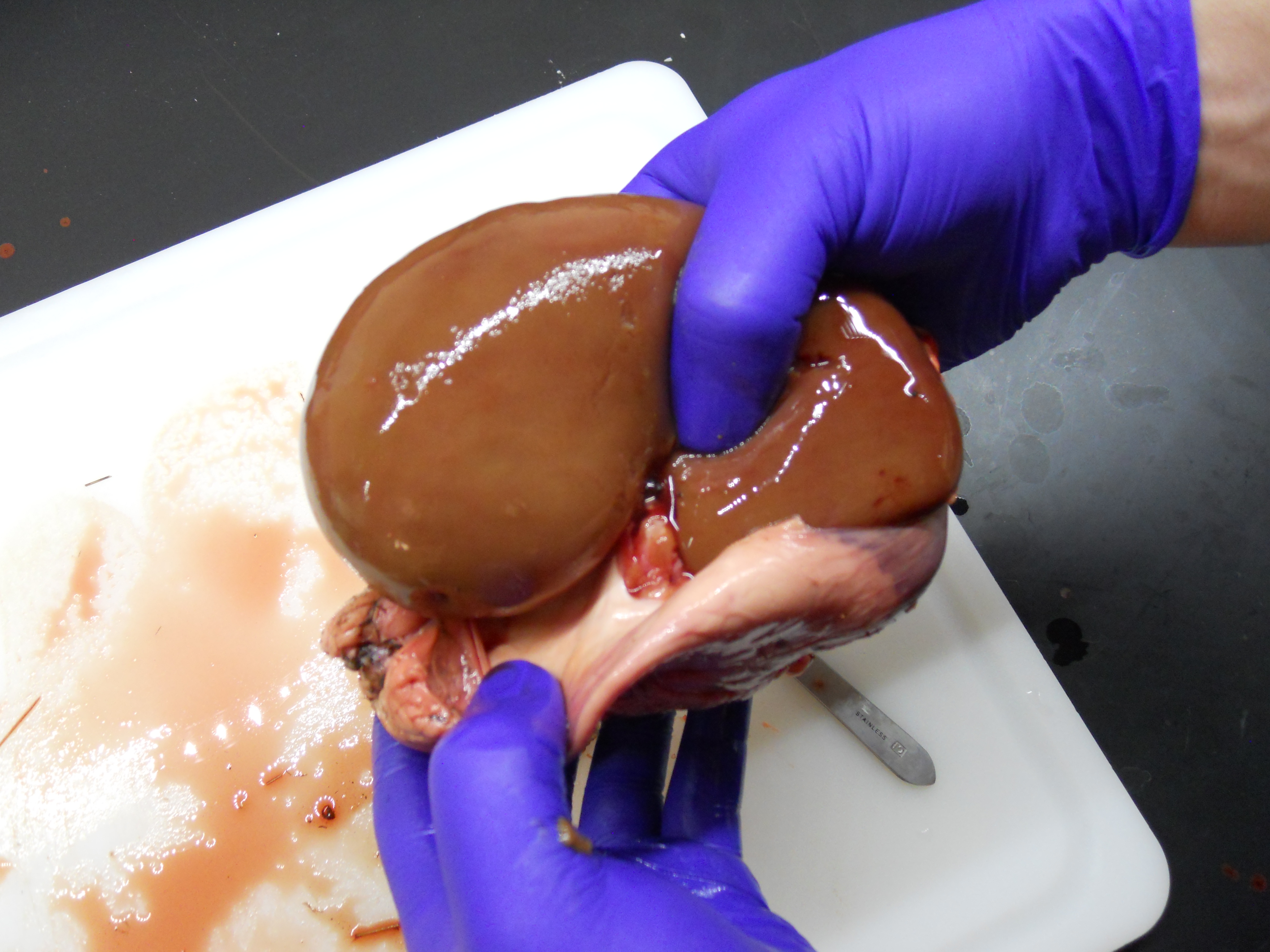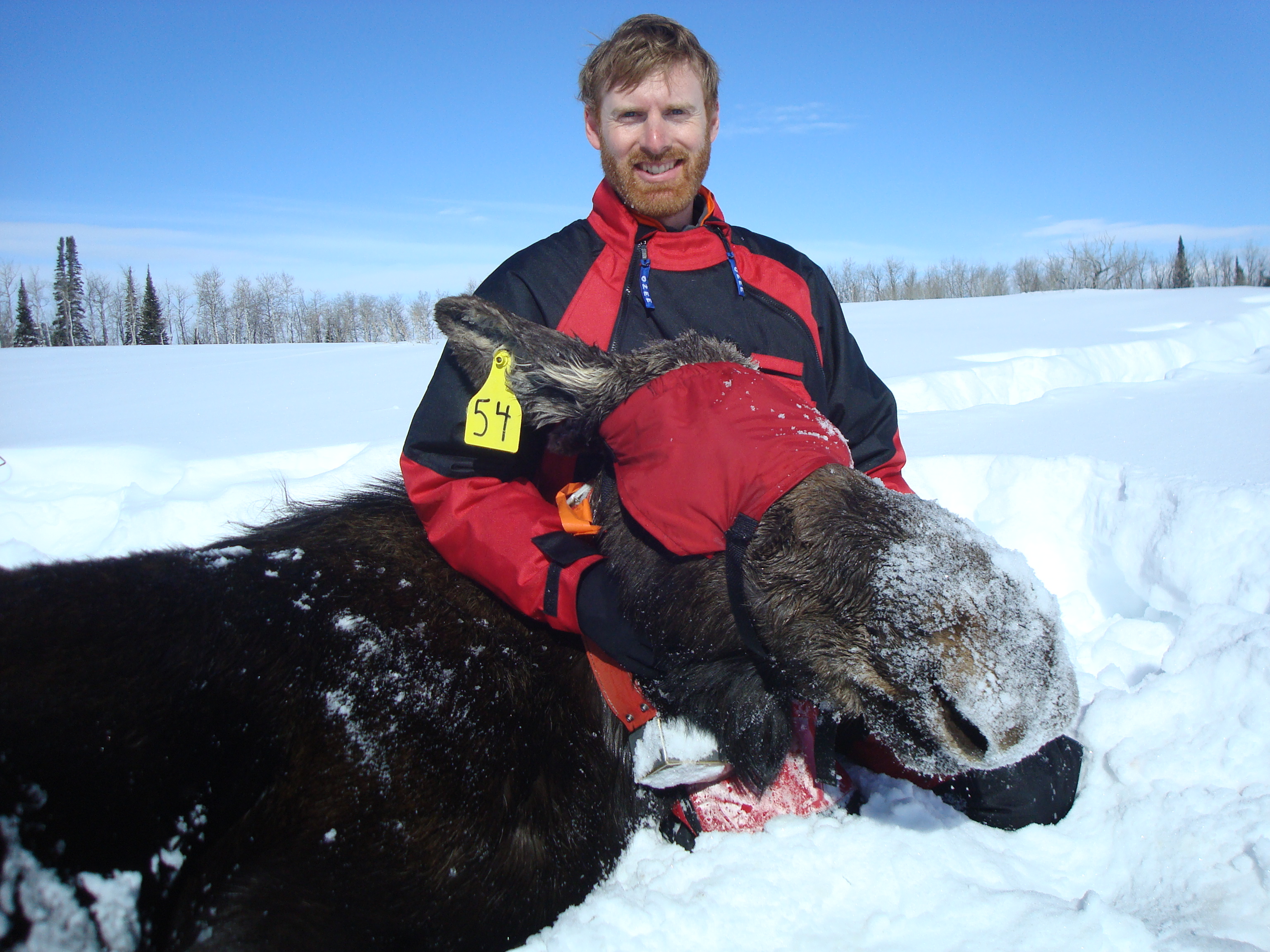A major goal for many management and conservation efforts is to understand if food limitation is responsible for poor reproduction and subsequently poor or negative population growth rates. The point at which a habitat can no longer support additional population growth is known as the “carrying capacity”. Despite numerous examples of food limitations and low reproductive rates occurring at or near carrying capacity, managers and ecologists continue to struggle to find effective methods for identifying food limitations even though the importance of doing so has been recognized for over 80 years. Recent advancements in the understanding of nutritional ecology, however, provide a new means for identify the proximity of a population to carrying capacity. For example, reproductive success can now be predicted by simply understanding the nutritional condition (amount of body fat) of an animal. Because the amount of fat animal has reflects the climatic and habitat conditions an animal is experiencing, we can now understand how reproductive success is linked to changes in habitat condition and climatic factors. Further, we now understand that the amount of fat an animal has influences their diet selection because individuals search for new foods when high-quality foods become scarce. We are using a variety of field and lab techniques to understand how measures of habitat condition, climate, body fat levels, diet quality, diet selection, and pregnancy rates signal resource (food) limitation in moose and other large herbivores. Such a newfound understanding of resource limitation will result in a number of valuable tools for identifying proximity to carrying capacity, and will therefore aid managers in their decision making process.
With the goal of understanding resource limitation and developing management tools, we set out to measure the habitat and climatic conditions, body fat levels, diet selection, diet quality and pregnancy rates of moose in Wyoming and Colorado. In collaboration with the Wyoming Game and Fish Department and Colorado Parks and Wildlife we identified eight populations (Fig. 1) that span the range of recruitment rates—an indicator of population growth or decline—found across the Intermountain West (Fig. 2). Specifically, we are measuring the condition of willow shrubs in areas where moose focus their foraging activities, we are characterizing autumn fat levels using a kidney fat index, and, from feces, we are estimating diet quality (winter and summer), diet composition, (winter and summer), pregnancy (winter), and hormones (winter) indicative of nutritional condition. Preliminary data summaries indicate that willow condition determines autumn nutritional condition, nutritional condition can be measured using fecal hormone concentrations, and that moose from populations with higher offspring recruitment rates spend more time foraging in willow habitats (see project photo gallery). These results suggest that some of our populations are suffering from resource limitation, and that metrics of habitat condition, nutritional condition, and foraging behavior will provide tools for assessing resource limitation in moose.
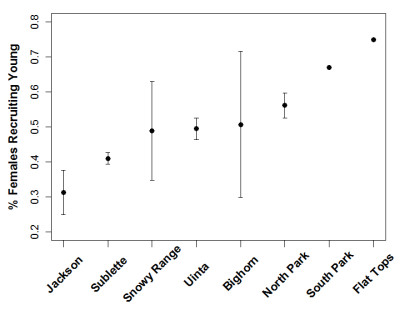
Fig 2. Percentage (mean +/- standard error) of females recruiting young into late winter from 2011-2013.
In addition to understanding the population-level signals of resource limitation, we are also interested in how individual animals vary in their strategies for coping with resource limitation. We are working to understanding if individual diet selection is a better predictor of resource limitation than population-level diet use. Further, we are addressing how individual moose may use different migratory and movement strategies to reduce the effects of drought on their forage (energy and nutrient) intake. By understanding these individual strategies we will provide further, and possibly more accurate, tools for identifying resource limitation, which will aid managers in making science-based management decisions.
Gallery
Reports & Publications
Jesmer, B. R., J. R. Goheen, K. L. Monteith, and M. J. Kauffman. In Review. State-dependent foraging alters endocrine-energy relationships in a large herbivore. Functional Ecology.
Contact
Brett Jesmer
Wyoming Cooperative Fish and Wildlife Research Unit
Program in Ecology
Department of Zoology and Physiology
University of Wyoming
[email protected]
(315) 420-2890
Project Lead
Brett completed his Ph.D. in ecology at the University of Wyoming in 2018, moving on to a post-doctoral position at Yale University. He grew up in the St. Lawrence river valley of northern New York state and attended the State University of New York, College of Environmental Science and Forestry at Syracuse University (SUNY ESF).
Timeline
Field work was completed for this project in March 2015. We are currently working in the lab to finalize genetic analyses of feces to identify individual moose and their sex prior to further analyzing feces for diet composition, diet quality, and hormone concentrations (nutritional condition and pregnancy). Also, we are currently working to assess drought conditions across our study areas using remotely-sensed data (i.e., satellite data). We anticipate completion of all data analyses during spring 2016 and finalized products and reports by spring 2017. This project page will be updated periodically as new results are obtained, so please come back and visit the Understanding Resource Limitation in Moose page again!
Funding & Partners
Wyoming Game and Fish Department
Wyoming Governors Big Game License Coalition
Colorado Parks and Wildlife
NASA Wyoming Space Grant Consortium
University of Wyoming- National Park Service Research Station
University of Wyoming- Department of Zoology and Physiology



